MORE THAN 6,000 CULTURAL HERITAGE SITES ARE CONCENTRATED IN THE CITIES AND TOWNS AROUND THE RUSSIAN CAPITAL. THERE ARE SO MANY OF THEM THAT IT IS DIFFICULT TO DECIDE WHERE TO GO.
THE MOST POPULAR TOURIST DESTINATIONS OF THE MOSCOW REGION ARE SERGIYEV POSAD, KOLOMNA, ISTRA, KLIN AND DMITROV.
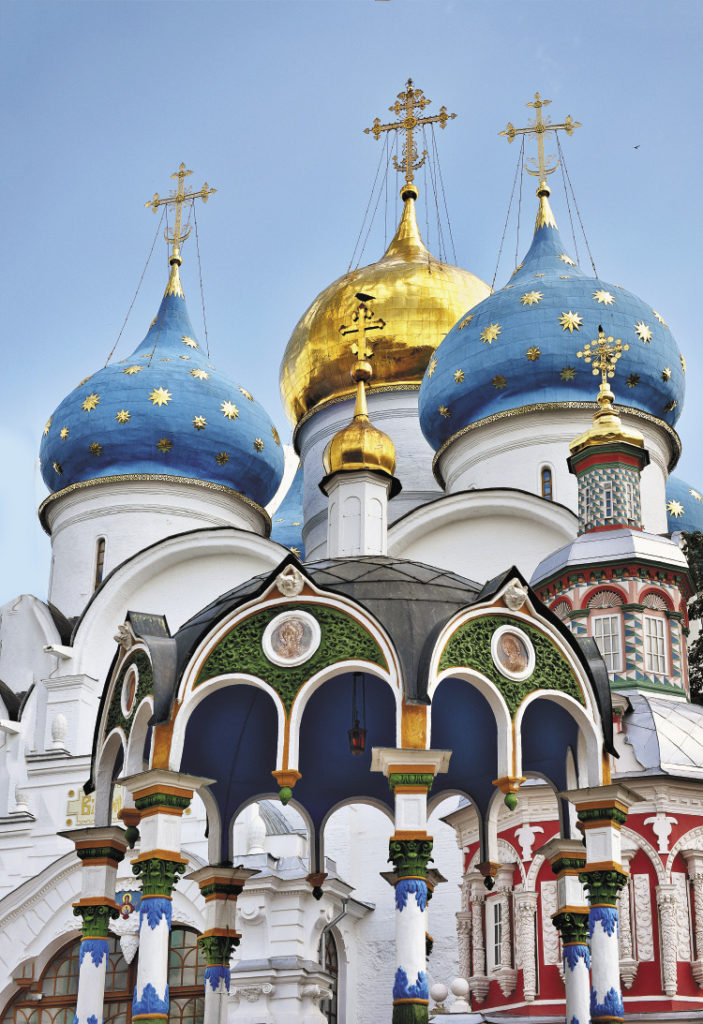
These cities, with their very different characters, can be visited for a day trip by car or train. All you have to do is to choose the most interesting route.
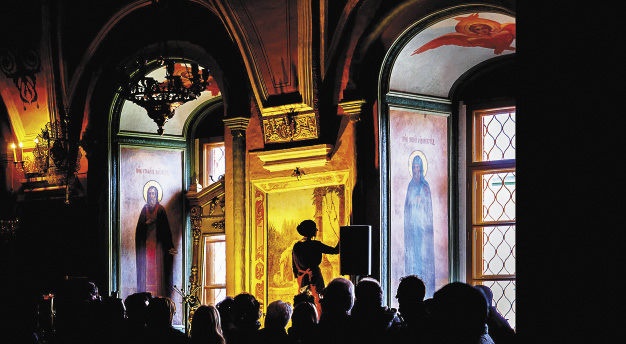
The Town of St. Sergius
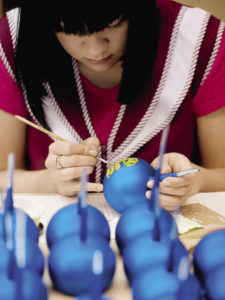
Sergiyev Posad is perhaps the main pilgrimage centre of Russia. The city grew around the monastery that was founded in 1342 by St. Sergius of Radon-ezh, the most revered saint of the Russian Orthodox Church. The monastery is called the Holy Trinity Lavra of St. Sergius and reports directly to His Holiness the Patriarch of Moscow and All Russia.
In the 16th century, the monastery built stone walls and watchtowers, which in the Time of Troubles withstood a months-long siege by Polish-Lithuanian troops. A relic of that heroic defence is preserved in the oldest church of the Lavra, the Trinity Cathedral. In the door of the southern porch there is a hole made by an enemy cannon ball. However, pilgrims come here not for the sake of contemplating the damaged door, but to worship the relics of St. Sergius. The iconostasis of the cathedral was created by Andrei Rublev, and it was for this that his famous “Trinity” icon was painted, which is now kept in the Tretyakov Gallery (a copy of this masterpiece of icon painting is kept in the Trinity Church).the Tretyakov Gallery (a copy of this masterpiece of icon painting is kept in the Trinity Church).
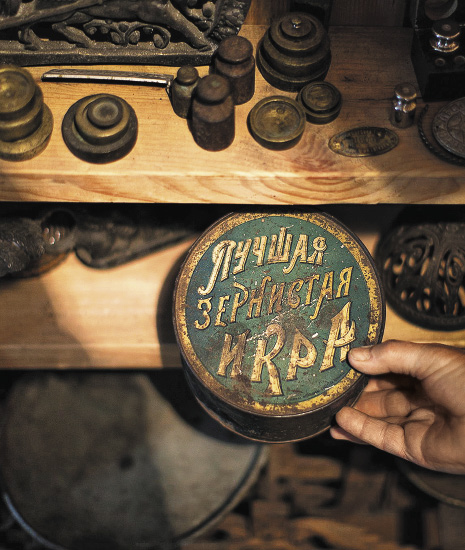
Gradually around the monastery a posad – a settlement of artisans – developed. Near Kelar Pond is the Toy Museum: craftsmen from surrounding villages have been famous for their carved wooden toys for decades. The “Horse Yard” near the White Pond under the walls of the Lavra is also interesting. In the ancient building of the monastic stables, exhibits about the past of the monastery and about the life of the Russian village are now housed. There is also an excellent collection of Russian dolls.
The architectural ensemble of the Trinity-Sergius Lavra is a UNESCO World Heritage site.
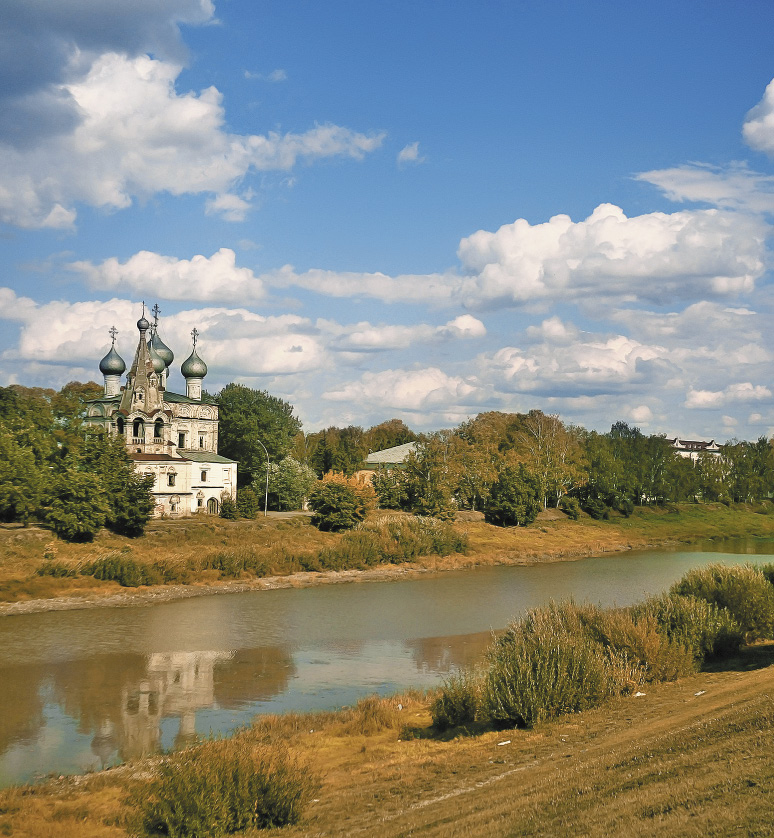
The Legend of the Horseshoe
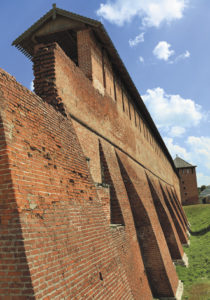
The small town of Dmitrov was founded in 1154 by Prince Yury Dolgoruky, who is also considered the founder of the Russian capital. The prince named the new fortress after his son Dmitry. Legend says that Yury chose the place for the city when his horse stumbled over a stone and broke a horseshoe.
Sceptics are shown a large stone on the territory of the Kremlin – supposedly the very same one. But the main historical monument is the Kremlin itself, surrounded by an earthen rampart – man-made witness to the medieval history of Dmitrov. You can walk along the ramparts and admire the ancient Assumption Cathedral, the Church of Elizabeth the Righteous, the buildings of the Presence and the Noble Assembly located inside. To the east of the Kremlin there is a modern building housing a museum with an extensive exhibition devoted to the history, way of life and culture of the inhabitants of the region.
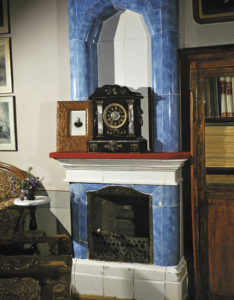
Patriarchal Dmitrov in 1918 became a shelter for the famous ideologue of Russian anarchism – Prince Pyotr Kropotkin. This revolutionary spent three years in the modest home of his friend, Count Olsufiev, on Nobles’ Street.
The Kropotkin House-Museum stands out among the modern buildings. It is worth taking a stroll along the pedestrian Kropotkinskaya Street, decorated with sculptures depicting the inhabitants of the old city: a school teacher, a pilgrim in bast shoes, and a gardener in the company of a well-fed cat. On this street, the gallery “A Tourist Dream” can be found. It is not only a souvenir shop, but also a… frog museum. Local residents claim that the “croaker” did not become a symbol of the city by accident: the location here was always marshy, and there were plenty of frogs.
The small town of Dmitrov was founded by Prince Yury Dolgoruky, who is also considered the founder of the Russian capital. He named the new fortress after his son Dmitry.
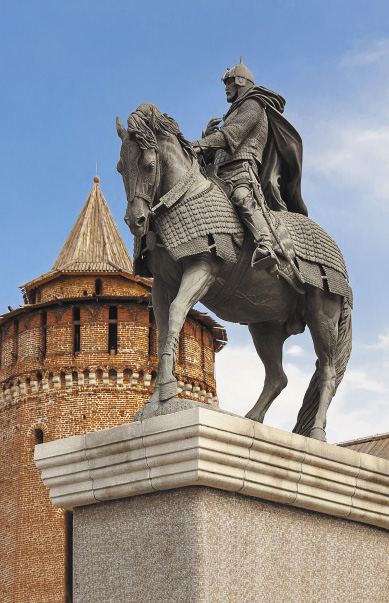
Kolomna, severe and sweet
Such contradictory epithets describe well the character of Kolomna. The severity of this city on the southern borders of the medieval Moscow principality can be seen in the Kremlin, built in the 16th century. Fragments of the wall and seven towers give visitors an idea of the defensive power of the ancient fortress. Inside the Kremlin there are several churches, including the Cathedral of the Assumption of the Virgin, and two monasteries – the Assumption of Brusensk and the Novo-Golutvinsky.
The sweetness can be tasted in the pastilles (traditional Russian fruit confectionaries), which have long been produced in Kolomna. The lost technology of this dessert production was restored by the founders of the Museum of Forgotten Taste “Kolomenskaya Pastila”. On the merchants’ estate guests learn about the history and recipes of pastilles, and you can try different varieties. You can also visit the museum factory, delving into all the details of the production process in the company of actors performing the role of confectioners.
Theatrical museum programmes are also available in English. Pastilles are not the only interesting tastes to discover in Kolomna – in the bakery at Pyatnitsky Gate there is the “Kalachnaya” museum, where secrets of traditional baking are revealed.
It is worth dropping in there, if only for the sake of buying and trying fresh rolls. The museum “Artkom-munalka” is devoted to times closer to the present day in Kolomna. It recreates the atmosphere of the Soviet communal apartment – in the kitchen, for example, there are traditional dishes from the 1960s, and in the courtyard you can play board games. But the communal apartment also refers to the stories of Soviet dissidents, as this art-residence is continually inhabited by artists , whose works are exhibited there in the gallery.
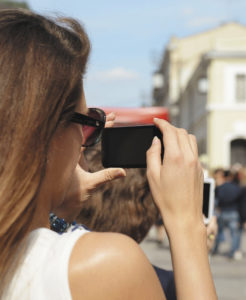
The Musical feeling of Klin
Klin is a venerable 700-year-old town. The main tourist attraction is the house of the great composer Pyotr Tchaikovsky. The composer of “Swan Lake” and “The Nutcracker” lived in Klin for almost 10 years, including his final two, and that was sufficient for his manor house to become a museum attracting tourists from all over the world. The atmosphere in which the composer lived and worked is preserved in the house, and trees have been planted in the park by visitors – stars of the world of music. And, of course, music is played here constantly – both on the headphones of the audio-guide, and during musical evenings and concerts.
The sweetness can be tasted in the pastilles (traditional Russian fruit confectionery), which have long been produced in Kolomna.
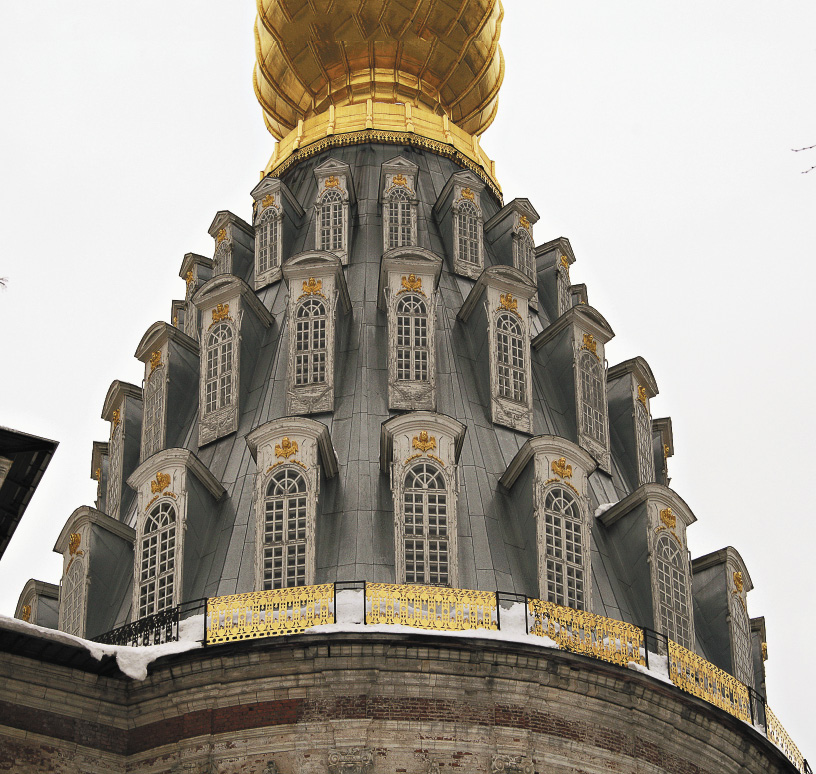
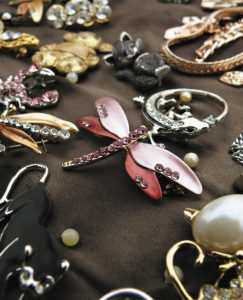
The magical measures of “The Nutcracker” waltz are also remembered on the territory of the exhibition complex “Klinskoe Podvorye”. Here, at the “Christmas Tree” factory, which produces Christmas decorations, is the Museum of the Christmas Tree.
The museum shows the whole history of Russian Christmas and New Year traditions: you can watch craftsmen creating toys, and an entire room is dedicated to the topic of “The Nutcracker”. The central square of the city is decorated with a very picturesque shopping arcade of red brick, next to which is the baroque Church of the Resurrection of Christ, and nearby you can visit the most ancient church of the city, the Assumption Cathedral.
Russian Holy Land
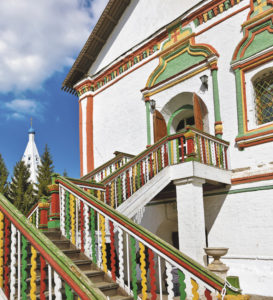
Istra became a town more than two centuries ago – before that it was the village of “Resurrection” (from 1781-1929 it was called Voskresensk, before being renamed Istra in 1930). The settlement owes its glory to the patriarch Nikon, who led the Russian Church in the middle of the 17th century. Nikon was an active builder of monasteries, and in this village near Moscow he planned to create a topographic and architectural copy of the Holy Land, the centre of which was to become a monastery, called New Jerusalem. The River Istra was renamed the Jordan, the surrounding hills also borrowed names from the Holy Land, and the Resurrection Cathedral of the monastery was built on the model of the Church of the Holy Sepulchre. How similar the architecture of the Resurrection Cathedral of the New Jerusalem Monastery is to the original, is for those who have been to Israel to judge. On the opposite bank of the Istra (Jordan) there is the modern building of the museum-exhi-bition complex “New Jerusalem”. One of the largest and oldest regional museums, it holds widely popular collections of historical, ethnographic and artistic artefacts. In the park area, located outside the walls of the New Jerusalem Monastery, there is an Exhibition Hall with thematic exhibitions, and the Department of Wooden Architecture. The farmstead with a house, a chapel and a mill represent the past historical appearance of life in the Moscow region. A visit to this complex is a good opportunity to summarize your impressions of trips to the outskirts of the capital.
Visitors who want to visit these interesting cities and learn more about them can relax in very comfortable accommodation options.
To organize your trip, go to: welcome.mosreg.ru
TEXT: ANNA MAKAROVA,ANASTASIA PODBOLOTOVA

